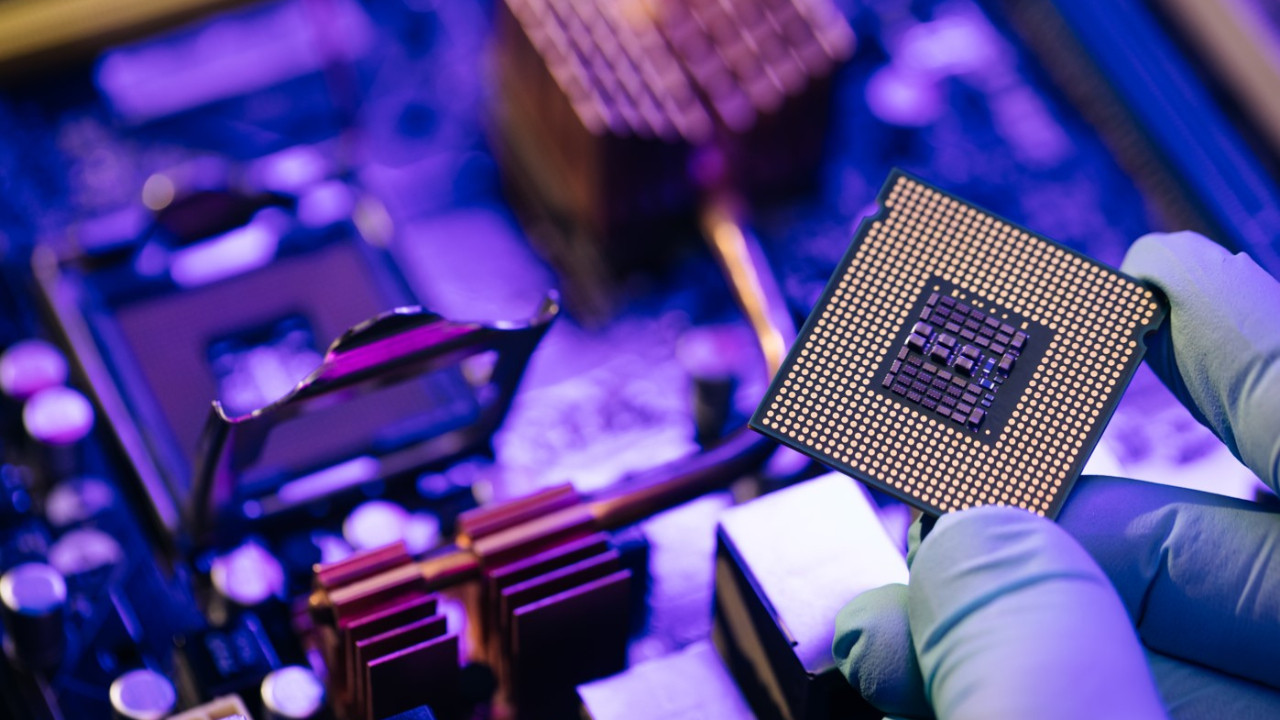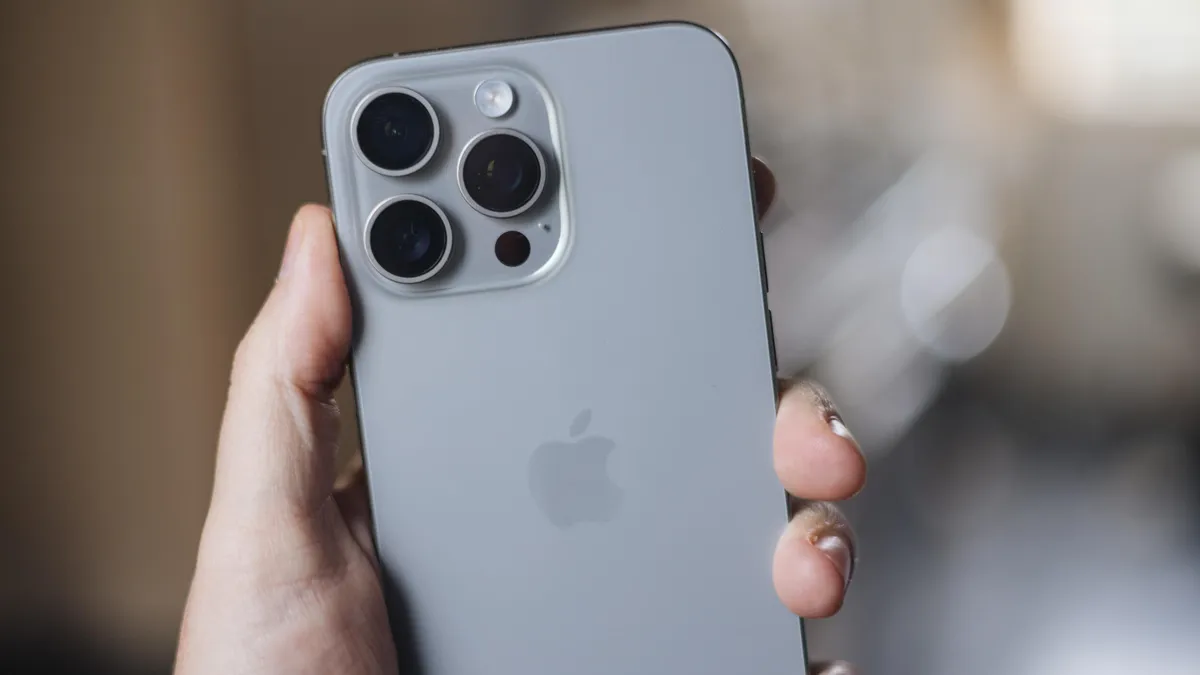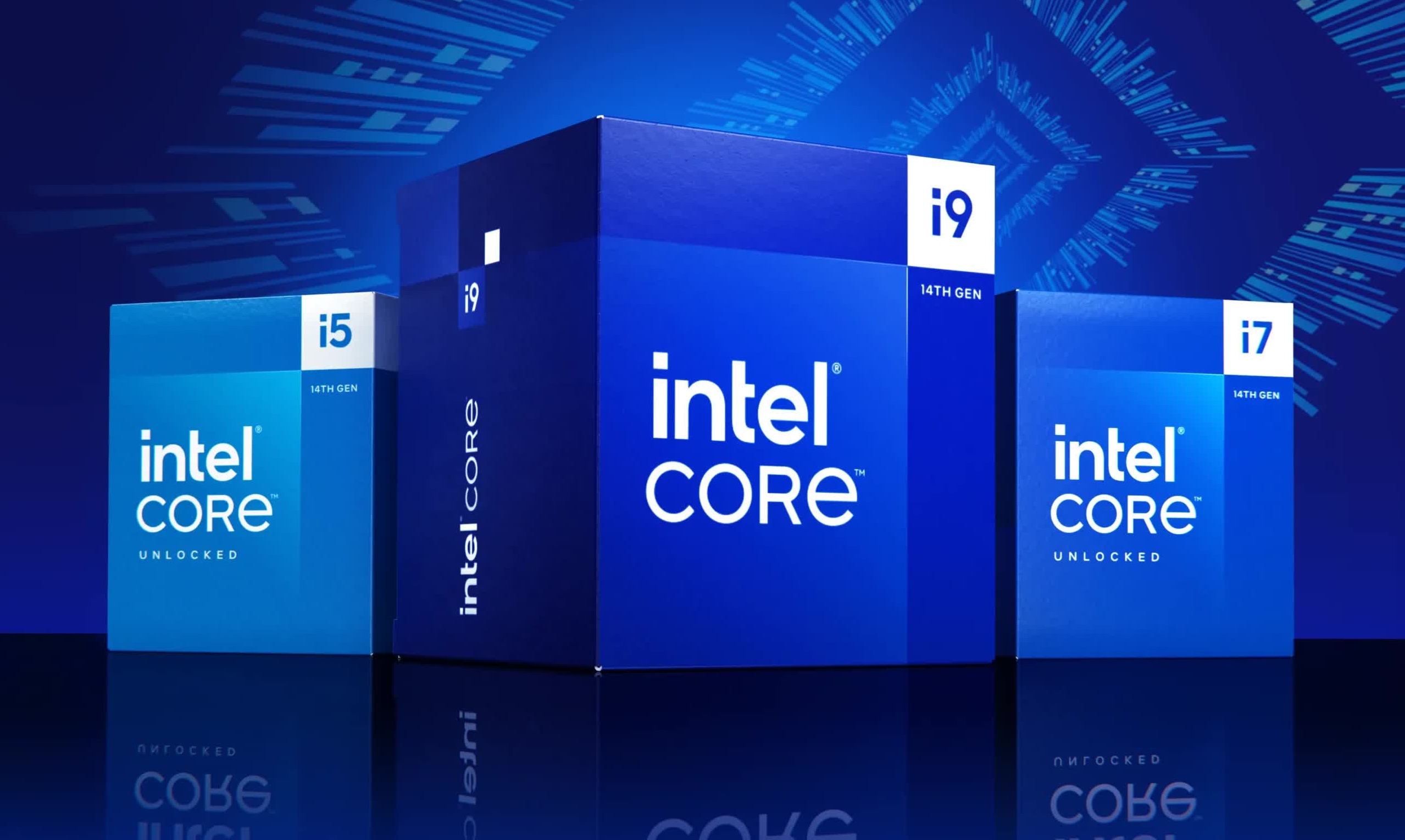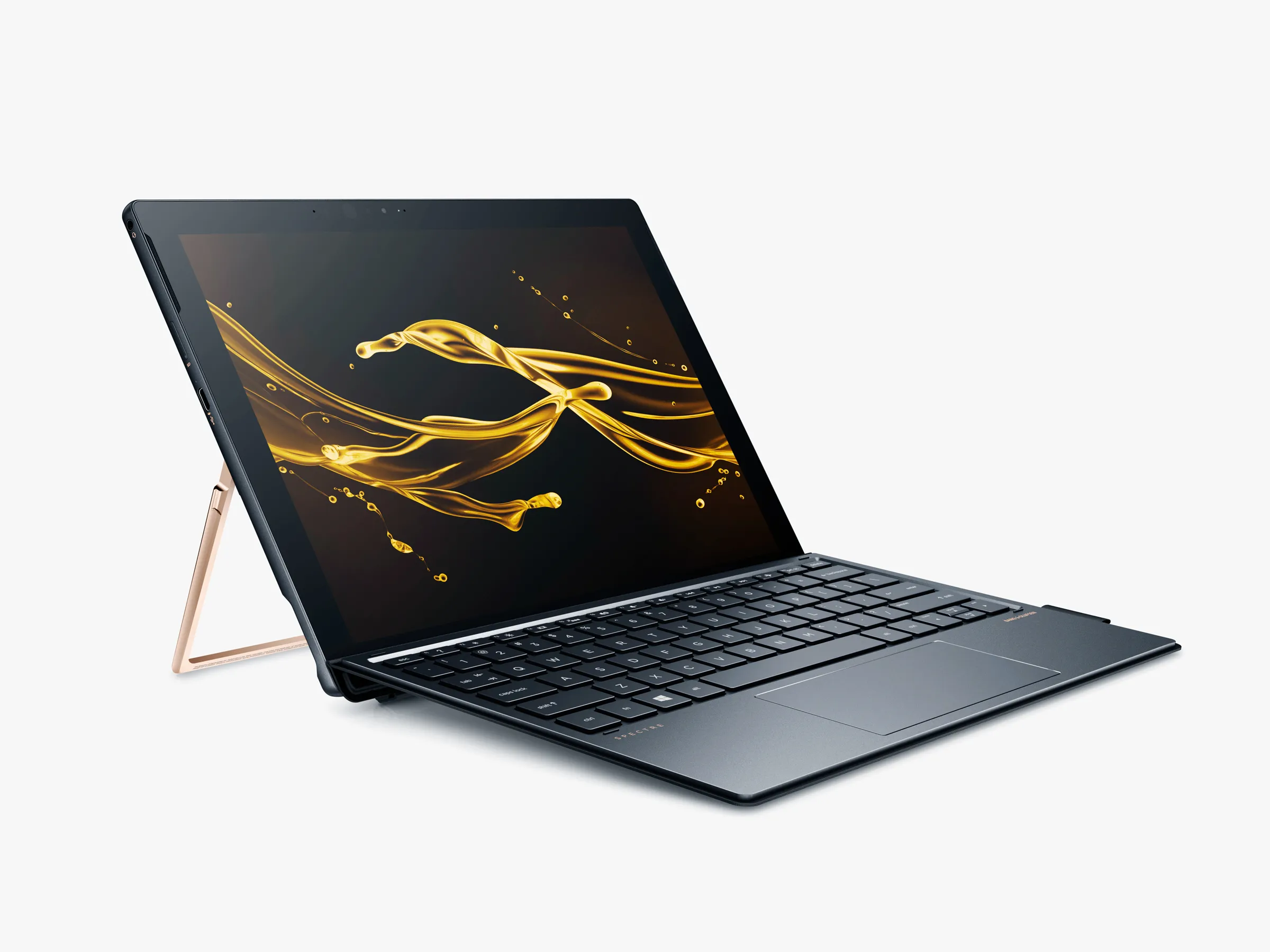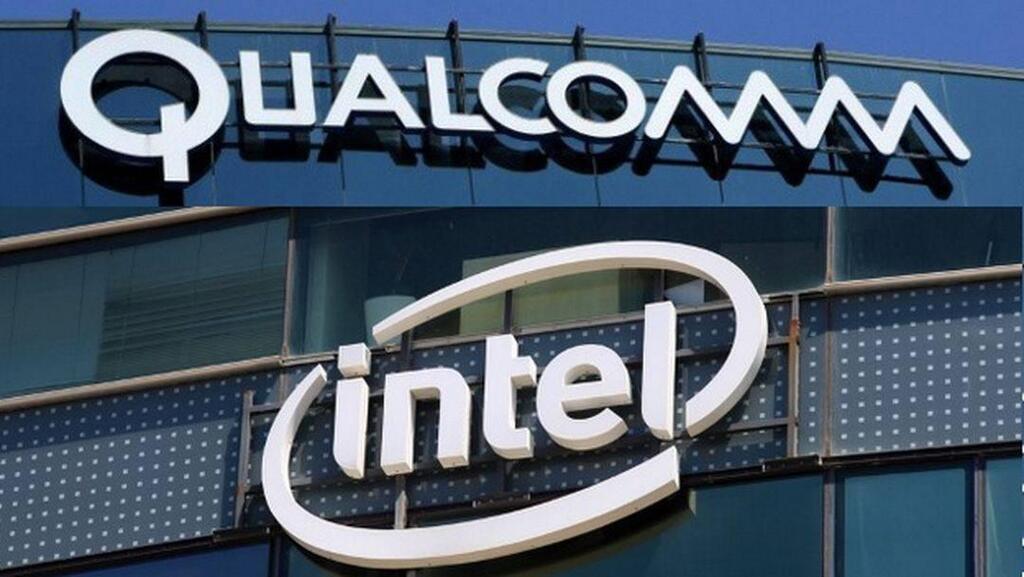
The Rise of Productivity Processors in the PC Industry
The PC processor industry is undergoing a significant transformation, heralding the arrival of what could be termed the “productivity processor.” These advanced chips are specifically engineered for the work-driven, on-the-go professional, marking a pivotal shift in how chip manufacturers address user requirements.
For years, we’ve seen laptops boasting all-day battery life; however, many of them fell short in delivering the performance needed for demanding tasks. Now, with Qualcomm’s Snapdragon X platform and Intel’s Lunar Lake, we have two processor families that not only meet the expectations of long battery life but are purposefully designed to achieve it.
To truly qualify as a “productivity processor,” a chip must excel in two critical areas: it should efficiently run office applications and facilitate web browsing without lag, and it must support extended usage without needing to be tethered to a power source. This combination is what sets the new chips apart.
Intel’s Lunar Lake serves as a prime example. During testing, I evaluated how well it performed both while plugged in and on battery power, specifically examining its longevity under office tasks. I used UL’s Procyon Office applications tests on Microsoft’s Surface Pro (11th Edition) and the Surface Laptop 5th Edition, both powered by Qualcomm’s Snapdragon X Elite, alongside the Lunar Lake processor. Here are the battery life results:
- Intel Lunar Lake: 17 hours, 7 minutes
- Qualcomm Snapdragon X Elite: 16 hours, 20 minutes
- AMD Ryzen AI 300: 10 hours, 42 minutes
- Intel Meteor Lake: 10 hours, 35 minutes
While all four processors provide over a day’s worth of work, Lunar Lake and Snapdragon X Elite stand out, aligning with the evolving needs of today’s mobile professionals. With the capability to last nearly two full workdays on battery, these devices cater to users constantly on the move—whether transitioning from a café to a conference room, catching a train, or simply shifting from one part of their home to another.
Moreover, the new generation of productivity laptops charges through a standard USB-C cable, eliminating the frantic search for power outlets when the battery runs low. The future points toward the use of USB-C power banks, which can conveniently extend battery life. I personally rely on a 24,000mAh Anker power bank, but it seems overkill in an era where long-lasting laptops are becoming the norm.
However, it’s essential to note that these productivity processors don’t excel at handling intensive, prolonged workloads such as gaming. For such demands, Intel’s mobile Core HX processors pair effectively with external GPUs, and AMD’s upcoming mobile processors like “Strix Halo” or “AI Max” may follow suit. This indicates a clear delineation in processor design—one family tailored for mobile productivity while the other targets the gaming demographic.
I envision a future where the integration of Thunderbolt 5 allows on-the-go laptops to connect to external GPU docks seamlessly, merging productivity and gaming capabilities. Although I appreciate high-performance devices like the Surface Laptop Studio, which features a dedicated GPU, I often find myself anxious about battery life during travels.
With the advent of Lunar Lake and Snapdragon X Elite, we finally have hardware that makes mobile work not just feasible, but a mainstream expectation. Could this be the dawn of a new era devoid of “battery anxiety”? I certainly hope so. I look forward to a time when power outlets in airports become relics of the past, just like ashtrays.

